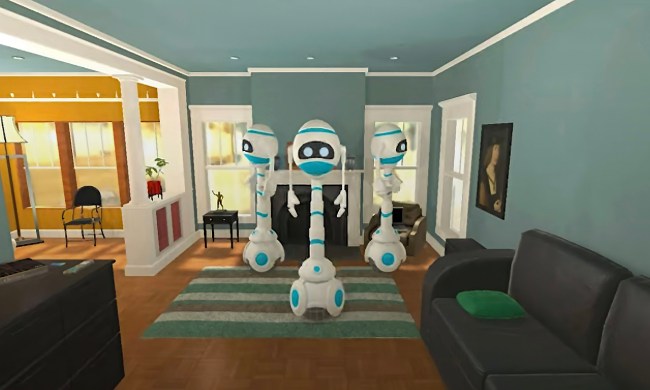
“Cervical cancer is the second most common cancer to affect women,” Sharon Xiaolei Huang, associate professor of computer science and engineering at Lehigh University, told Digital Trends. “More than 80 percent of the deaths from cervical cancer occur in developing countries. The current screening methods — which include PAP smears, HPV tests, and other tests — often have low sensitivity. That means that a lot of patients, even if they go for screening, have their cancer undetected. That’s if they can have screenings at all, since the high cost can often prove prohibitive. Motivated by that, we saw that there was a call for a more sensitive, less expensive, and more highly automated screening method.”
That’s where the algorithm developed by Huang and her colleagues comes into play. Based on 10 years of work, their algorithm is able to recognize signs of cervical cancer based on noninvasive photos of the cervix. It was trained using data from 1,112 patient visits, of which 345 had lesions that were positive for dysplasia likely to develop into cancer, and 767 had lesions that did not fall into this category.
Searching for visual signs of cancer, the team’s algorithm turned out to have 10 percent better sensitivity and specificity than any other screening method, while also being lower cost. Its accuracy levels were upwards of 85 percent.
The researchers’ work is described in an article in the journal Pattern Recognition titled, “Multi-feature base benchmark for cervical dysplasia classification.” Next up, the team hopes to carry out trials using the AI system.
“There has been massive growth in AI technologies, especially over the past five or six years,” Huang said. “For example, we’ve seen a big increase in the recognition accuracy of image recognition systems. That’s very useful for medicine, which is what I’ve been working on. With recent developments, these tools are really starting to reach a point where they could be used in clinical settings. At the same time, there’s been more acceptance from clinicians and the general population about AI assisting with medicine.”


